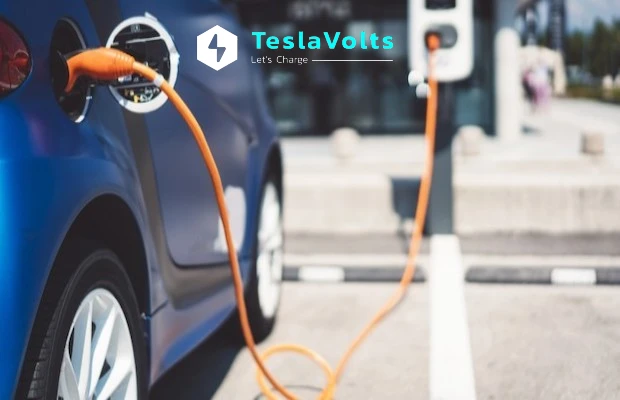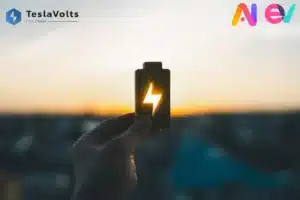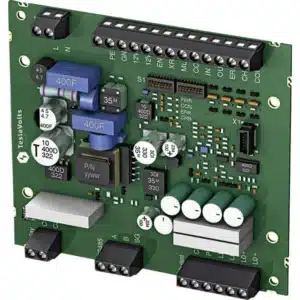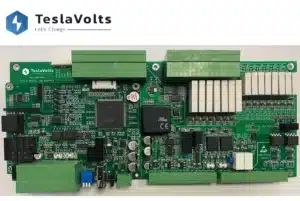Charge point operator (CPO)
In the past, companies in the EV charging sector have either served as charge point operators (CPOs) or as providers of e-mobility services (EMSP).
Regardless of the service model a company chooses, these two professions serve different purposes in the EV charging industry.
While the EMSP manages driver contacts and creates charging service agreements, the CPO takes care of the charging infrastructure. But as the industry develops, these jobs are connecting more and more, and many companies now provide a combination of CPO and EMSP services.
A charge point operator installs and maintains charge stations so drivers can charge their electric vehicles. CPOs can either own and operate a set of charge stations, or simply operate them for third parties.
The tasks of a charge point operator can be broken down into two categories:
- Operational – purchasing charge stations, installing hardware and maintaining the network connection.
- Commercial – setting prices for charging infrastructure use and managing the connection to e-mobility service providers.
Purchasing charging hardware
A charge point owner purchases charge stations from a reliable vendor to begin started.
Based on their company model, location, and anticipated use case for their charge points, they need to take into account any hardware requirements. To give long-distance travellers a positive experience, a CPO would likely invest in DC fast chargers if they wanted to concentrate on highway charging.
Businesses that concentrate on providing charging in close proximity to eateries and retail centres could use slower and less expensive AC chargers.
Installing and maintaining charging hardware
Once a CPO has made the necessary hardware purchases, they can install them and link the charging stations to their local power grid.
For the purpose of powering their charging stations and reselling electricity to EV users, CPOs typically enter into a contract with an energy provider.
Additionally, CPOs strive to minimise downtime and maintain charge points operational at an affordable price.
Optimising charging capacity
Operators of charge points can change the charging capacity at their stations to increase revenue, occupancy, and/or client pleasure.
CPOs can regulate the dynamics of the charging process, setting charging speeds, charging thresholds, and delayed or prioritised charging, even if they may be bound by the physical constraints of the charging hardware or grid connection.
Smart charging technology gives CPOs the freedom to autonomously balance loads, alter charging according on client preferences, grid limits, local renewable energy output, and consumption patterns of nearby buildings.
Pricing decisions
On the commercial side, charge point operators can also set base prices for the use of their charging infrastructure. These usually consist of elements like:
- a starting fee – the price paid by an EV driver to access the charge station
- a volume-based fee – the price per unit of electricity consumed, for example cents/kWh
- a duration-based fee – this is typically charged in cents/minute
- a penalty fee – for example, applied when blocking a charge station after the vehicle is fully charged
In practice, most charge point operators use just one or two of these price components, the most common being a volume-based fee.
CPOs typically communicate their base price to e-mobility service providers, who then relay a marked-up price to drivers.
Charge station utilisation
CPOs may decide to connect with e-mobility service providers and allow roaming in order to draw more drivers to their charging stations and increase utilisation rates.
Through peer-to-peer connections, charge point operators can communicate with specific EMSPs, or they can use hubs and roaming service providers to sign contracts with a number of EMSPs at once.
Building out public (and semi-public) networks is of special relevance to CPOs in terms of roaming agreements.
This is so that roaming agreements permit EMSPs to inform their drivers about the charge points offered by the CPOs and to accept session payments made with the driver’s default app or credit card.




